Electric car sales hit the skids in 2024, leaving major automakers scratching their heads. Ford slashed Mustang Mach-E production by 66%, while Tesla dropped prices across their lineup to keep showrooms moving. What’s causing gearheads and average drivers alike to pump the brakes on EVs?
Answers start with annoyances like hidden maintenance costs and charging headaches, and only go deeper from there. We’re opening the hood on 25 real reasons why potential buyers are having second thoughts about going electric – including some surprises that even die-hard EV fans might not know about.
25. Long-Distance Travel

Long-distance travel with an electric vehicle requires careful planning due to limited charging infrastructure and the time it takes to recharge batteries. While many modern EVs now offer ranges exceeding 300 miles, this can still be less convenient than the range of a gas-powered car with a full tank. Drivers must locate charging stations along their route, which may not always be available in remote areas or on less-traveled highways. To address this, companies are rapidly expanding fast-charging networks, particularly along major travel corridors. Additionally, advancements in battery technology aim to further extend range and reduce charging times, making EVs more practical for road trips. As infrastructure improves, long-distance travel in an EV will become increasingly seamless.
24. Electricity Costs

Electric vehicles are often marketed as cheaper to operate than gas-powered cars due to lower fueling costs, but electricity rates can vary widely depending on location and time of use. In areas with high electricity costs or tiered pricing structures, charging an EV during peak hours may not always be as economical as expected. Additionally, some regions impose demand charges or lack access to renewable energy sources, which can increase the overall cost of charging. However, many utilities now offer EV-specific plans with discounted rates for off-peak charging, making it more affordable for owners to charge their vehicles overnight. As renewable energy becomes more widespread and policies promote sustainable energy pricing, electricity costs for EVs are expected to stabilize and remain competitive with traditional fuel costs.
23. Perceived Complexity

Electric vehicles introduce new technologies and systems that some buyers find intimidating compared to the familiar mechanics of internal combustion engine (ICE) cars. Features like regenerative braking, battery management systems, and charging protocols can seem overly complex to those unfamiliar with EVs. This perception of complexity may deter buyers who value simplicity or worry about a steep learning curve. Automakers are addressing this by designing user-friendly interfaces, providing clear instructions for charging and operation, and offering educational resources at dealerships. As consumers become more familiar with EV technology through exposure and experience, these concerns about complexity will diminish over time.
22. Limited Range

Despite significant improvements in battery technology, range limitations still deter some buyers who need a vehicle capable of traveling long distances without frequent stops. While many modern EVs now offer ranges exceeding 250-300 miles per charge, this is still less than what many gas-powered cars can achieve with a single tank of fuel. For drivers in rural areas or those who frequently travel long distances, the limited range may feel restrictive. Automakers are continually working to extend range capabilities through advancements in battery efficiency and energy density while also improving charging infrastructure to reduce downtime during trips. With these developments, range limitations will become less of a concern for most drivers in the near future.
21. Resale Value

Electric vehicles often face depreciation concerns due to uncertainties about battery life and future demand for used EVs. Buyers worry that battery degradation over time could reduce performance and impact resale value. However, manufacturers are addressing these concerns by offering long-term battery warranties and improving battery durability. The growing popularity of EVs is also creating a stronger secondary market, which helps stabilize resale values. As more consumers gain confidence in the reliability of EVs, their resale value is expected to become more competitive with traditional vehicles. Transparent information about battery health and performance will further reassure buyers in the used car market.
20. Market Perception and Trends
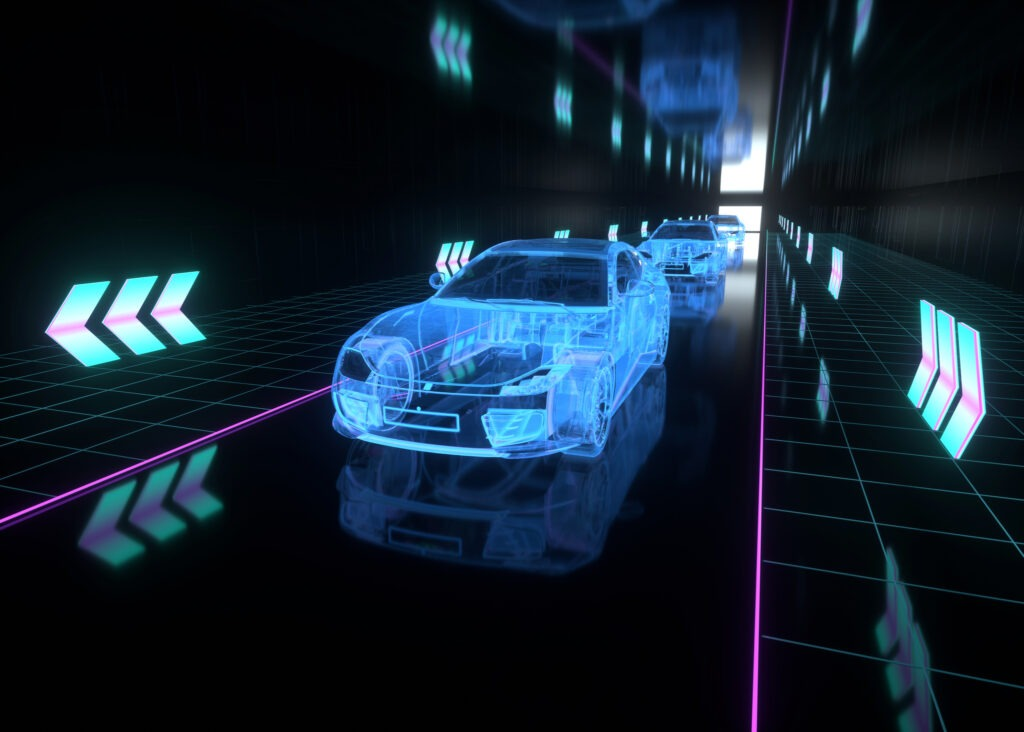
Some consumers still view electric vehicles as niche products or believe they lack the variety and practicality of traditional cars. This perception stems from early EV models that had limited range, high costs, and fewer features compared to gas-powered counterparts. However, automakers have significantly expanded their EV offerings across different segments, including SUVs, trucks, and luxury vehicles. The growing availability of diverse models is helping shift public perception and appeal to a broader audience. As more manufacturers commit to electrification and introduce innovative designs, EVs are becoming mainstream options rather than specialized alternatives. Changing trends in sustainability and technology are also driving interest in electric mobility.
19. Range Anxiety

Range anxiety—the fear of running out of charge before reaching a destination—remains one of the most common concerns among potential EV buyers. While modern EVs offer significantly improved ranges compared to earlier models, many drivers still worry about finding charging stations during longer trips or in unfamiliar areas. Expanding charging infrastructure and integrating real-time navigation tools that highlight nearby chargers are helping alleviate this concern. Automakers are also introducing vehicles with ranges exceeding 400 miles per charge, which rivals or exceeds many gas-powered cars. As drivers gain confidence in the reliability of charging networks and vehicle range capabilities, range anxiety will continue to diminish.
18. Home Charging Installation

Installing a home charging station can be costly and logistically challenging for some buyers, especially those without garages or access to private parking spaces. The installation process often requires upgrading electrical panels or hiring licensed electricians, which adds to the overall cost of owning an EV. However, government incentives and utility programs are helping offset these expenses by offering rebates for home charger installations. For renters or those without dedicated parking spots, public charging networks provide an alternative solution until more accessible options become available. Simplifying the installation process and expanding incentives will make home charging more attainable for a wider range of consumers.
17. Limited Model Options

While the variety of electric vehicle models has grown significantly in recent years, certain segments remain underrepresented in the market. For example, there are fewer affordable compact cars or large family SUVs compared to traditional gas-powered options. This limited selection can make it harder for some buyers to find an EV that suits their specific needs or budget. Automakers are working to fill these gaps by introducing new models across all price points and vehicle types, including trucks and luxury sedans. As competition increases and production scales up, consumers will have access to a wider range of options that cater to diverse preferences.
16. Maintenance and Repair

Electric vehicles generally require less maintenance than internal combustion engine (ICE) cars because they have fewer moving parts and no need for oil changes or exhaust system repairs. However, when repairs are needed—especially for batteries or advanced electronics—they can be more expensive due to specialized components and limited availability of trained technicians. This can create concerns for buyers about long-term ownership costs or repair delays in certain areas where service centers are scarce. Automakers are addressing this by expanding technician training programs and establishing dedicated service networks for EVs. Over time, maintenance costs are expected to decrease as repair expertise becomes more widespread.
15. Brand Loyalty

Many car buyers remain loyal to traditional automakers they’ve trusted for years, which can make them hesitant to switch to newer brands focused solely on electric vehicles like Tesla or Rivian. Additionally, some established brands have been slower to introduce competitive EV options compared to their gas-powered lineups, which limits choices for loyal customers interested in going electric. However, legacy automakers like Ford, GM, Toyota, and Volkswagen are now heavily investing in electrification with plans to release diverse EV models across all segments. As these brands expand their electric offerings while maintaining their reputation for quality and reliability, brand loyalty may no longer be a barrier for EV adoption.
14. Impact on Electrical Grid

The rapid adoption of electric vehicles raises concerns about increased demand on local electrical grids during peak usage times. If not managed properly, this could lead to higher electricity costs or even grid instability in areas with insufficient capacity or outdated infrastructure. Utilities are addressing this issue by upgrading grid systems and promoting “smart charging” solutions that encourage off-peak charging when demand is lower. Renewable energy integration is also playing a key role in ensuring sustainable electricity supply as EV adoption grows. With proper planning and investment in grid modernization, the impact of widespread electrification can be effectively managed.
13. Charging Infrastructure
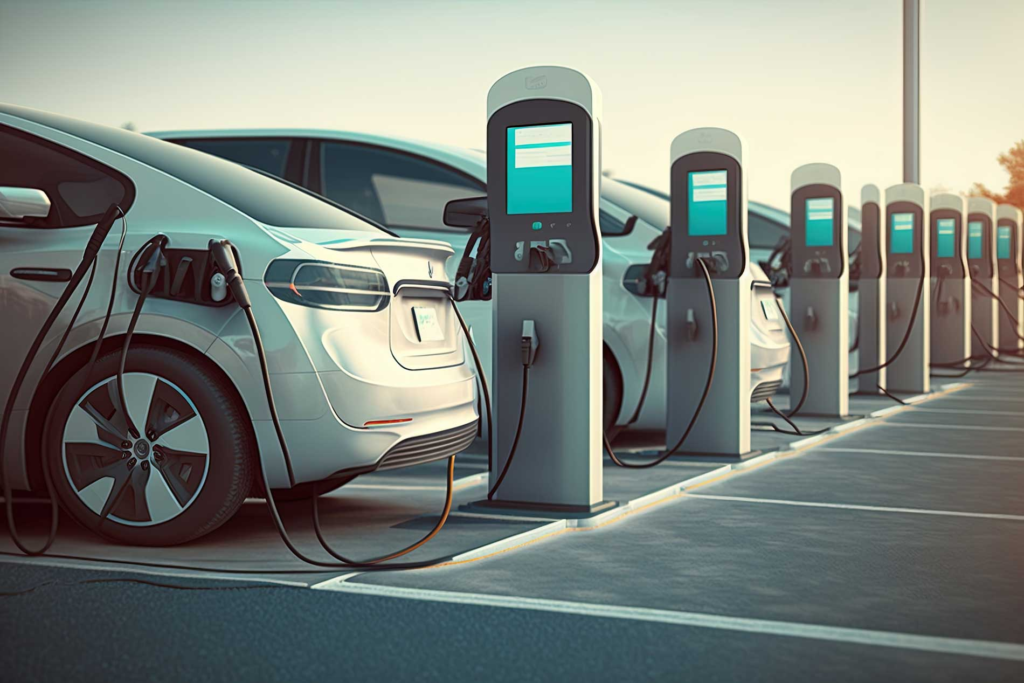
Charging infrastructure remains unevenly distributed across regions, with rural areas often having fewer stations than urban centers or highways. This lack of availability makes it difficult for some drivers to rely on an EV as their primary vehicle if they don’t have consistent access to charging points nearby. Governments and private companies are investing heavily in expanding public charging networks to address these gaps while prioritizing fast-charging stations along major travel routes. Home chargers also provide convenience for those who can install them but aren’t always an option for everyone depending on living situations. Improving infrastructure is key to making EV ownership practical everywhere.
12. Battery Life and Replacement

Battery degradation over time impacts performance and range, leading some buyers to worry about replacement costs after several years of use. While most modern batteries come with warranties covering 8-10 years or 100,000 miles, replacement costs can still be high if needed outside warranty coverage periods. Automakers are working on improving battery longevity through better materials and thermal management systems while also reducing replacement costs through recycling initiatives or second-life applications like energy storage systems (ESS). These advancements aim to reassure buyers about long-term ownership value while reducing environmental impact.
11. Government Incentives

Government incentives play a significant role in making electric vehicles more affordable by offsetting their higher upfront costs through tax credits or rebates at purchase time (or post-purchase). However inconsistent policies between states/countries create confusion among buyers who may not know whether they qualify based on location-specific criteria/income thresholds etc . Expanding awareness campaigns alongside harmonized incentive structures globally would help streamline accessibility/increase adoption rates significantly over time .
10. Charging Time
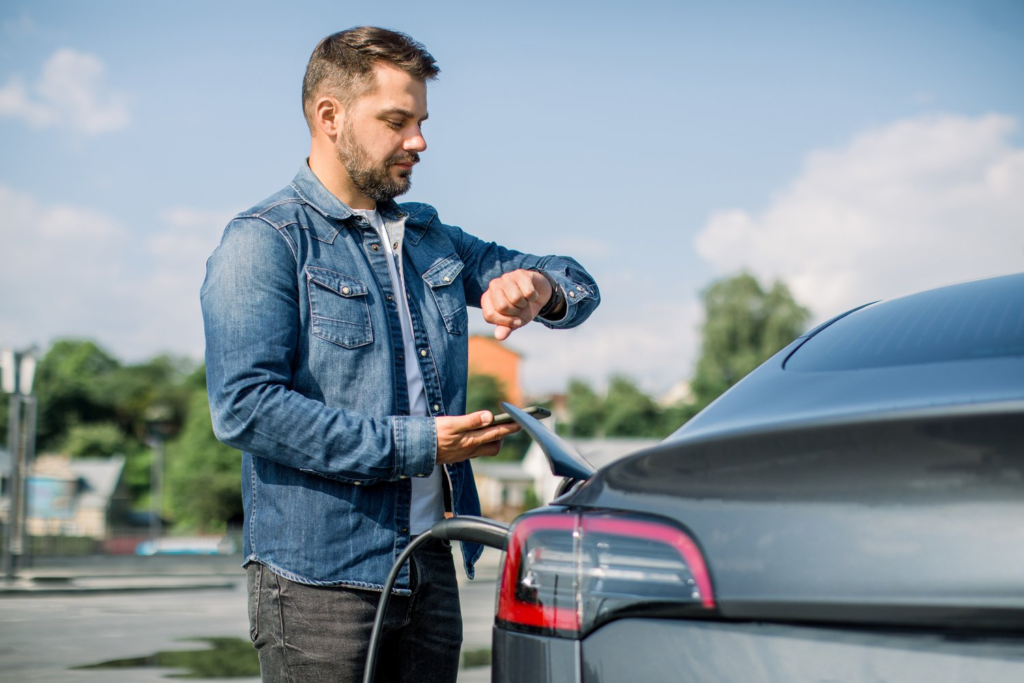
Charging an electric vehicle (EV) takes significantly longer than refueling a gas-powered car, which can deter potential buyers. Even with fast chargers, which can replenish 80% of a battery in 30-60 minutes, this is still much slower than the five minutes it takes to fill up a gas tank. Home charging is even slower, often taking 6-12 hours, depending on the charger and battery size. For people with busy schedules or those who frequently travel long distances, this can feel inconvenient. Automakers and charging infrastructure companies are working to improve charging speeds, with advancements in ultra-fast chargers promising to cut charging times further. However, for now, charging time remains a key consideration for EV buyers.
9. Limited Knowledge and Awareness
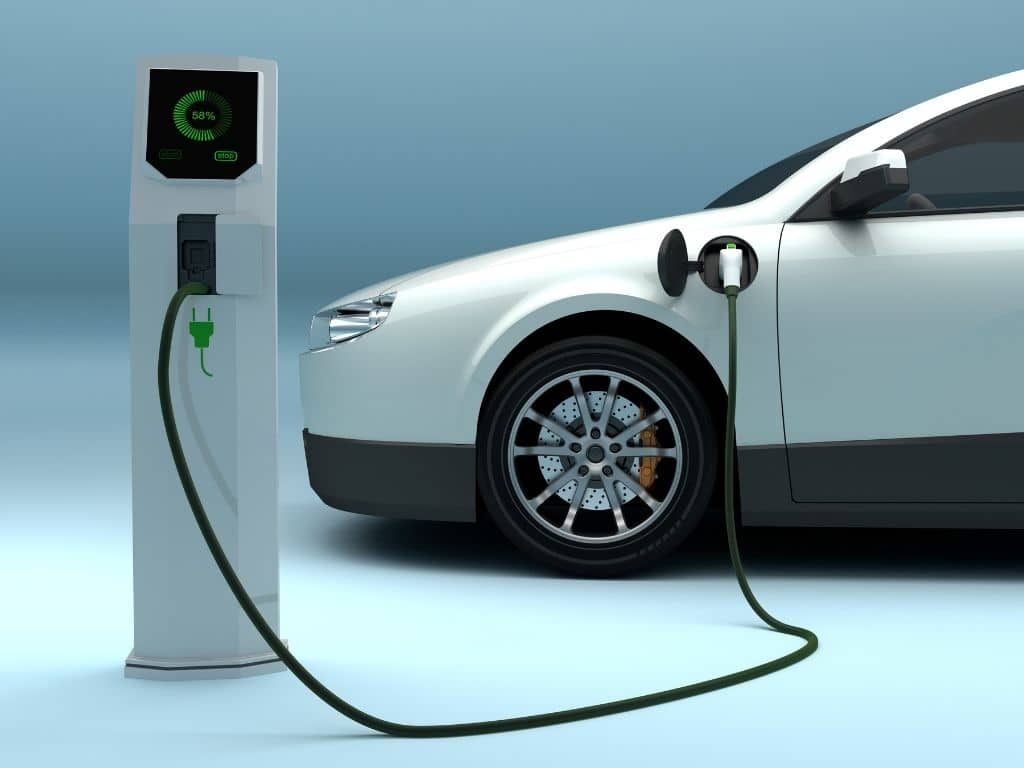
Many consumers lack understanding about electric vehicles, which hinders adoption. People often don’t know about the incentives available, such as tax credits or rebates, which can significantly reduce the upfront cost of an EV. There’s also confusion around how charging works, where to find stations, and the long-term cost benefits of EV ownership. This lack of awareness creates hesitation and uncertainty among potential buyers. Educating consumers through public campaigns, dealership training, and accessible resources could help dispel myths and highlight the advantages of EVs. As awareness grows, so too will confidence in making the switch to electric.
8. Performance in Cold Weather

Cold weather can negatively impact EV performance due to how lithium-ion batteries operate in low temperatures. The range can decrease by as much as 20-40% in freezing conditions because the battery uses more energy to maintain its operating temperature and power heating systems inside the car. This makes EVs less appealing for drivers in colder climates who depend on reliable range year-round. Automakers are addressing this issue by improving thermal management systems and introducing features like pre-conditioning to warm up the battery before driving. While these advancements help mitigate cold-weather challenges, they don’t entirely eliminate them yet.
7. Perception as “City Cars”

Electric vehicles are often seen as ideal for city driving due to their compact sizes, quiet operation, and shorter ranges compared to gas-powered cars. This perception can deter suburban or rural drivers who need vehicles capable of longer trips or rugged terrain. However, newer EV models offer extended ranges exceeding 300 miles per charge and include SUVs and trucks designed for versatility. Charging infrastructure is also expanding beyond urban areas, making EVs more practical for non-city dwellers. Shifting this perception requires showcasing these advancements and emphasizing that modern EVs can handle various lifestyles.
6. Environmental Impact of Battery Production
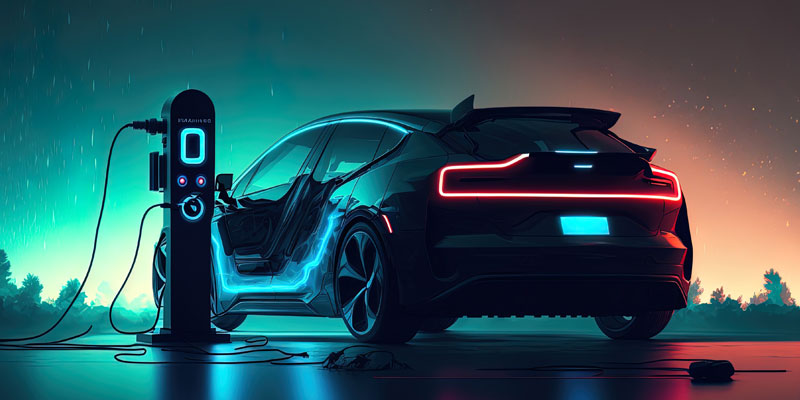
While EVs produce zero emissions during operation, their batteries require significant resources like lithium, cobalt, and nickel during production. Mining these materials has environmental and ethical implications, including habitat destruction and labor concerns in some regions. Critics argue that this offsets some of the environmental benefits of driving an EV compared to a gas-powered car. However, automakers are investing in sustainable mining practices and developing recycling technologies to reduce reliance on virgin materials. As these efforts progress, they’ll help minimize the environmental impact of battery production over time.
5. Initial Cost
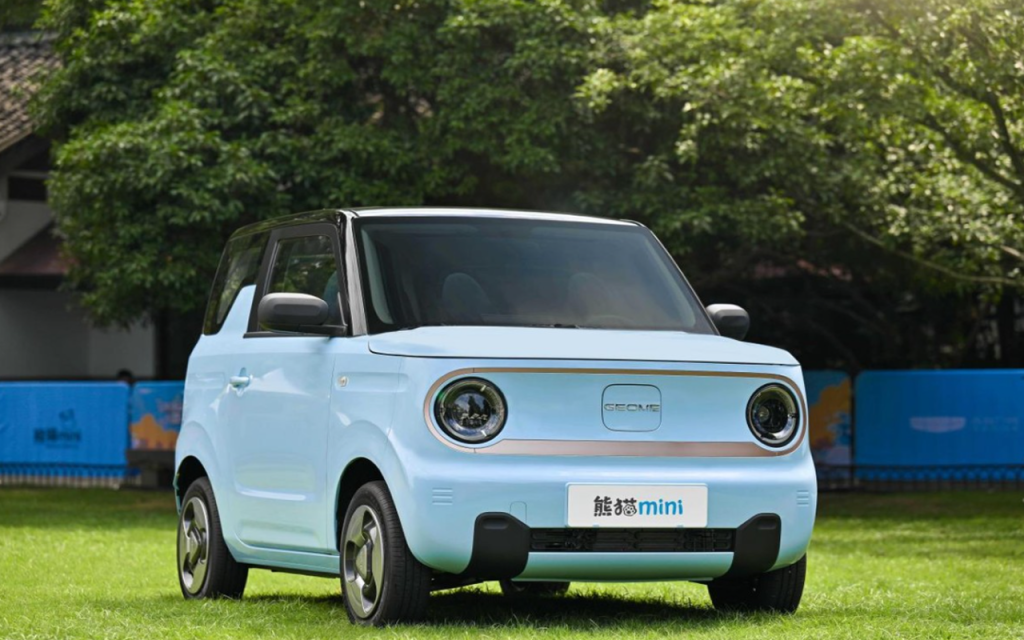
Electric vehicles often have higher upfront costs compared to traditional gas-powered cars due to expensive battery technology. Even with government incentives like tax credits or rebates, many buyers perceive EVs as less affordable than comparable gas models. However, lower operating costs—such as reduced fuel expenses and minimal maintenance—can make EVs cheaper over their lifetime. Automakers are also working to bring down production costs by scaling manufacturing and improving battery efficiency. As prices continue to decline and incentives remain available, more consumers may find EVs within their budget.
4. Limited Towing Capacity

Many electric vehicles currently lack the towing power needed for heavy-duty tasks like hauling trailers or boats. This limits their appeal for buyers who rely on their vehicles for work or recreation that involves towing large loads. However, automakers are addressing this gap with new electric trucks like the Ford F-150 Lightning and Rivian R1T that boast competitive towing capacities of up to 10,000 pounds or more. These advancements show that EVs can meet diverse needs while maintaining efficiency and performance. As more models enter the market with enhanced capabilities, towing limitations will become less of a concern.
3. Charging at Apartments and Condos

For residents living in apartments or condos without access to private garages or driveways, charging an EV can be challenging. Many multi-unit housing complexes lack dedicated charging stations or sufficient infrastructure for shared use among tenants. This creates a barrier for potential buyers who don’t have convenient options for overnight charging at home. Expanding public charging networks near residential areas or incentivizing property owners to install chargers could address this issue over time. Making home charging accessible across different living situations is crucial for widespread adoption.
2. Battery Technology

Current lithium-ion batteries used in most EVs limit range and longevity compared to internal combustion engines (ICE). While they’ve improved significantly over the years, batteries still degrade over time and lose capacity after repeated charge cycles. Research into next-generation technologies like solid-state batteries promises breakthroughs in energy density, faster charging times, and longer lifespans without significant degradation risks. These innovations could revolutionize EV performance while addressing concerns about durability and replacement costs.
1. Insurance Costs

Insurance premiums for electric vehicles tend to be higher than those for gas-powered cars due to their high repair costs and expensive components like batteries or advanced driver-assistance systems (ADAS). Limited availability of specialized repair services also contributes to higher premiums in some regions. However, as more data becomes available on EV safety records—which often outperform traditional cars—insurers may adjust rates accordingly over time. Additionally, automakers are working with insurers to offer tailored policies that reflect lower operational risks associated with EVs.




























